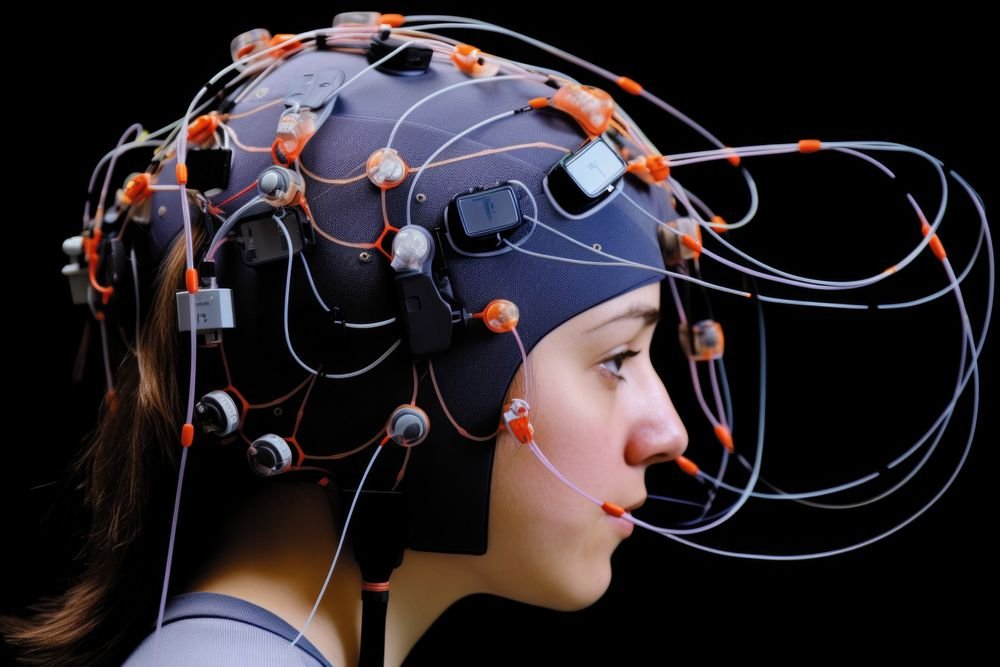Introduction
The human brain is the most complex organ in the known universe, responsible for thought, emotion, memory, and consciousness. For centuries, scientists have sought ways to understand and interact with it more directly. Today, brain-computer interfaces (BCIs) are turning this vision into reality. These technologies create a direct communication link between the brain and external devices, allowing humans to control machines with thought alone, monitor neurological activity in real time, and even enhance cognitive abilities.
As neurotechnology advances, BCIs promise to reshape medicine, education, work, and even human potential itself. This article explores the current state of BCIs, their applications, benefits, ethical challenges, and the profound impact they could have on society by 2035.
What Are Brain-Computer Interfaces?
A brain-computer interface is a system that detects electrical signals from the brain and translates them into commands for computers, robots, or other devices. BCIs can be invasive, requiring electrodes implanted in the brain, or non-invasive, using sensors placed on the scalp. Both types have advanced significantly in recent years thanks to improved neural signal processing, AI algorithms, and wearable sensor technologies.
BCIs enable humans to interact with machines directly using thought. For example, a person with limited mobility can control a prosthetic limb or a wheelchair simply by thinking about the desired movement. Beyond physical control, BCIs have the potential to enhance memory, learning, and decision-making, unlocking unprecedented levels of human performance.
Medical Applications of BCIs
One of the most promising applications of BCIs is in medicine. They are transforming treatment for patients with neurological disorders such as paralysis, ALS, stroke, or epilepsy. BCIs can restore lost motor function, provide communication tools for individuals unable to speak, and even predict seizures before they occur.
Neurofeedback applications allow patients to monitor and train their brain activity, improving mental health outcomes for conditions like anxiety, depression, and ADHD. Additionally, BCIs are used in research to better understand brain function, providing insights that could lead to novel therapies for cognitive decline and neurodegenerative diseases.
Enhancing Human Potential
Beyond medical use, BCIs have the potential to enhance human cognitive abilities. Companies and research labs are exploring ways to accelerate learning, boost memory retention, and improve focus using neurostimulation and direct brain-computer interactions. In the future, it may be possible to interface with AI systems directly in the brain, allowing humans to process information faster, solve complex problems more efficiently, and access digital knowledge instantly.
The military and aerospace industries are also exploring BCIs to enhance situational awareness, pilot performance, and decision-making under stress. Such applications raise the prospect of a new era of augmented humans, where physical and cognitive limits are extended beyond natural boundaries.
Ethical and Societal Considerations
As with any transformative technology, BCIs present significant ethical challenges. Privacy is a major concern, as these devices could potentially access thoughts, emotions, and sensitive personal information. Ensuring that this data is protected and used responsibly is paramount.
There are also questions of consent, equity, and societal impact. Who gets access to BCI enhancements? Could this create a divide between enhanced and non-enhanced humans? What are the long-term psychological effects of direct brain-computer interaction? These questions highlight the need for robust ethical frameworks and regulatory oversight.
Additionally, reliance on BCIs could lead to over-dependence on technology, altering human behavior and social interactions in ways we cannot fully predict. Society must balance the benefits of enhanced capabilities with the preservation of human autonomy and agency.
The Future of BCIs
By 2035, BCIs are expected to become more widespread, sophisticated, and integrated into daily life. Non-invasive BCIs may become common wearable devices, enabling communication with smart homes, AI systems, and virtual environments directly through thought. Invasive BCIs, though more specialized, could revolutionize healthcare, restore full mobility to paralyzed individuals, and unlock cognitive enhancements for select applications.
The convergence of BCIs with AI, neuroanalytics, and advanced robotics promises to create a world where the boundaries between mind and machine are increasingly blurred. Humans may not only interact with machines more seamlessly but also expand their own capabilities in ways previously unimaginable.
Conclusion
Brain-computer interfaces represent the frontier of human-machine integration. They hold the potential to restore lost abilities, enhance cognitive performance, and unlock new forms of interaction with technology. Yet they also demand careful ethical consideration, privacy protection, and equitable access.
As neurotechnology continues to evolve, the challenge will be to harness its potential responsibly. If done wisely, BCIs could usher in a future where humans are not only healthier and more capable but also able to reach levels of creativity, learning, and understanding far beyond what has ever been possible.

